Katherine P. Frank Chancellor | University of Wisconsin-Stout
Katherine P. Frank Chancellor | University of Wisconsin-Stout
On the fourth floor of the Minneapolis Veterans Administration Medical Center, an array of 3D-printed plastic models can be found on a countertop. These include replicas of a foot, hand, forearm, heart, spine segment, and lower jaw. For Drew Davis, a 2007 graduate from UW-Stout in engineering technology, these models represent more than just anatomical recreations; they are tools designed to assist veterans in their medical treatment.
Davis works with the VA’s RECOVER team — Rehabilitation and Engineering Center for Optimizing Veteran Engagement and Reintegration — to support veterans through adaptive technology. His work involves creating precise 3D-printed models from MRI and CT scan data that help doctors diagnose and treat various conditions.
Among the items in his lab is a detailed 3D print of one veteran's aorta used by doctors for surgical planning. There is also a model head where the face can be removed to reveal underlying bone damage. Using specialized software, Davis converts radiological data into files suitable for 3D printing before optimizing printer settings to accurately replicate bone and tissue structures.
One innovation at RECOVER includes an ankle-foot system tailored for prosthetic users. This system allows veterans to easily switch between shoes with different heel heights by swapping out their prosthetic feet accordingly. "We take their input and make it real," Davis stated regarding veteran involvement in design processes.
In addition to these advancements, Davis has developed testing systems for evaluating prosthetic socket strength using pneumatic frames and custom software. “The goal is to come up with a test that can confirm the structural integrity of a traditionally fabricated socket,” he explained.
Elsewhere in the VA hospital lies another project: a manual standing wheelchair prototype that allows users greater mobility by enabling them to stand while moving. “It would help empower veterans,” said Davis about this innovative wheelchair currently undergoing user testing in Minneapolis and Palo Alto.
With over two years at the VA under his belt, Davis plays an integral role not only in product development but also supports engineers through TTAP — the VA Technology Transfer Program. This initiative aids those within the VA network looking to develop new ideas or devices by providing guidance from concept through industrial design stages.
Reflecting on his career trajectory rooted firmly within engineering technology focused on plastics—an area he explored extensively during his studies—Davis continues advancing projects benefiting veteran communities today.
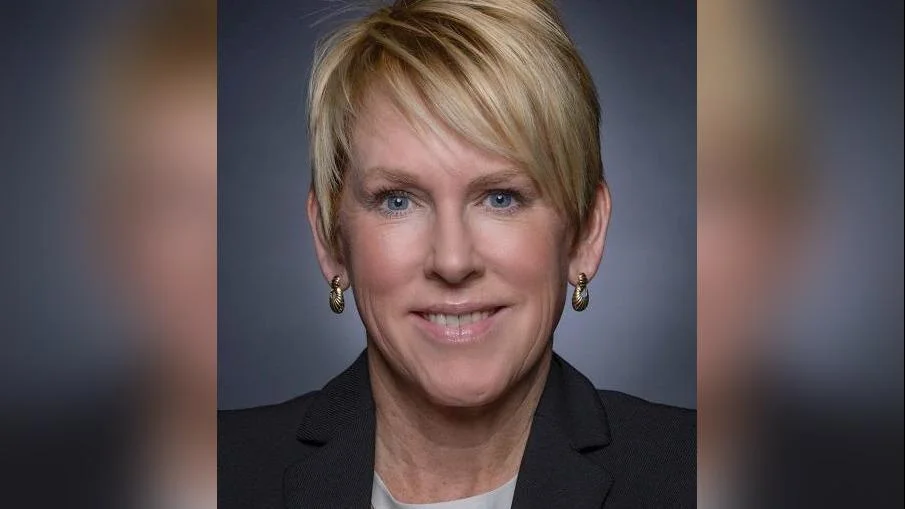
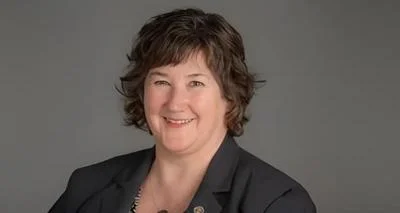
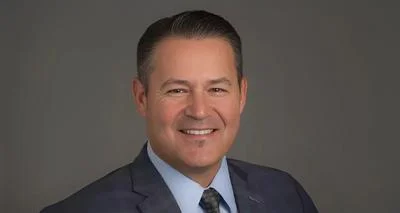
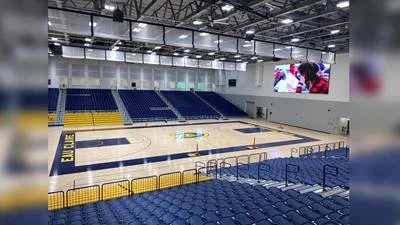
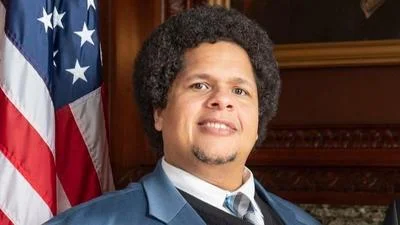

 Alerts Sign-up
Alerts Sign-up